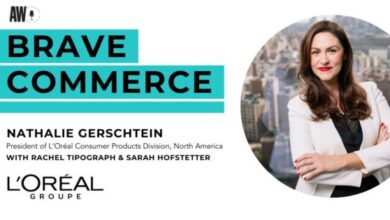
[ad_1]
Prime Video is now looking to extend its ad reach thanks to shows like Reacher.
Four months after Amazon said it would be adding ads to Prime Video, the service launched in the U.S. this week, becoming the latest entrant in a crowded AVOD space.
Unlike competitors Disney+ and Netflix, Prime Video’s ad tier is opt-out rather than opt-in. Prime Video costs $14.99 per month as a stand-alone service, and consumers can now pay an additional $2.99 per month for an ad-free experience. Prime’s service (including Prime Video) has over 200 million paying customers and costs $139 annually.
ADWEEK previously reported that Prime Video is coming to market with CPMs (cost per thousand viewers reached) in the mid-to-low $30 range, a more competitive price than other streaming services. The company expects to reach an estimated 115 million monthly viewers in the U.S. at launch. Overall, commercials will arrive in the U.S., U.K., Germany and Canada in early 2024, with other countries later in the year.
We spent a few days testing out the new experience, and here’s everything you need to know about using Prime Video with Limited Ads.
Rolling out
On Monday, users who logged into Prime Video were presented with a pop-up announcing “A change to Prime Video” and given a choice to go ad-free or continue with the new ad-supported plan.
Regardless of the choice, the ad rollout was initially slow, in ADWEEK’s experience. It was a few hours before viewers saw any ads on the service on smart TVs, though mobile and desktop viewing received ads more quickly.
Once ads appear, viewers will experience more basic formats of 15- and 30-second ads, comprising pre- and mid-roll video.
The viewing experience
Prior to launch, the company didn’t give specific ad loads, but the lowest benchmark for ad time on a streaming platform is around 4 minutes per hour. Reports indicate that Prime Video’s load will be closer to 2 to 3-and-a-half minutes of ads per hour. At launch, ADWEEK experienced closer to 1 to 2 minutes of ads per hour.





